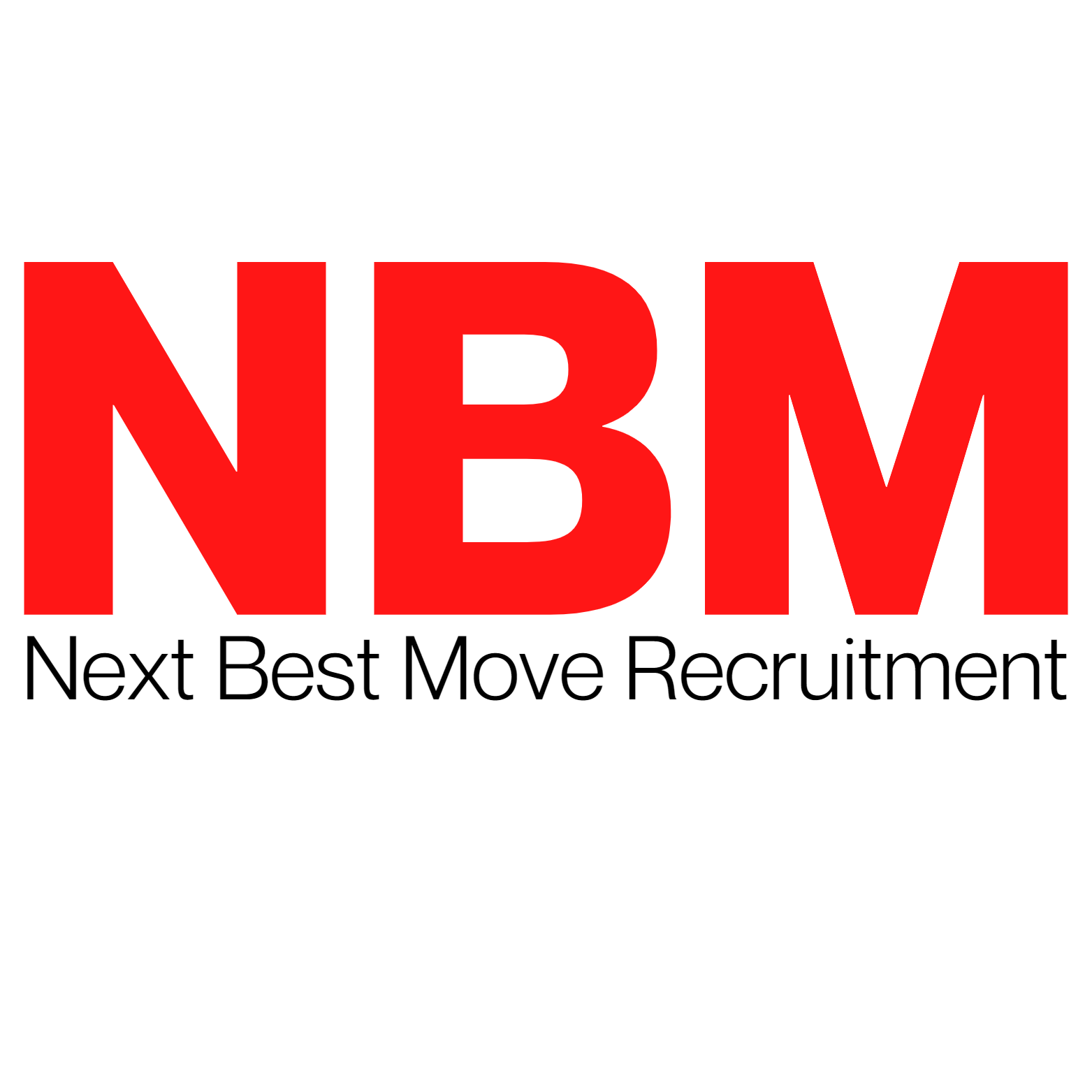Creating and Maintaining Your Work-Life Balance

In today’s fast-paced world, finding the right balance between professional commitments and personal well-being has become more crucial than ever. Work-life balance is not just a catchy phrase; it’s a cornerstone for leading a fulfilling and sustainable life. Let’s delve into why striking this balance is essential and the positive impact it can have on both our professional and personal lives.
Enhanced Productivity
A balanced life contributes to increased productivity at work. When we prioritize relaxation, family time, and personal interests, we return to work refreshed and ready to focus. This enhanced focus not only helps us tackle challenges more effectively but also fosters creativity and innovation, bringing fresh perspectives to our professional endeavors.
Health and Well-Being
Maintaining a healthy work-life balance is closely linked to overall well-being. Long hours without adequate rest can lead to burnout and a decline in both physical and mental health. On the flip side, a balanced approach that includes regular breaks, exercise, and quality time with loved ones promotes better health, reduced stress, and increased resilience.
Strengthened Relationships
Balancing work commitments with personal life nurtures stronger relationships. Quality time with family, friends, and social activities contributes to a sense of connection and support. This positive mindset translates into our professional life, fostering collaboration and teamwork.
Professional Satisfaction
Achieving work-life balance is key to experiencing satisfaction and fulfillment. It allows us to set realistic goals, manage work-related stress, and appreciate our contributions. A workforce that feels happy and satisfied tends to be more engaged, loyal, and committed, benefiting both individuals and organizations.
Continuous Learning and Growth
A well-rounded life encourages continuous learning and personal growth. Engaging in activities beyond the workplace—like hobbies, classes, or self-reflection—contributes to holistic development. These experiences bring new perspectives and skills, enhancing our adaptability and resilience in the face of change.
Setting Boundaries
Establishing clear boundaries between work and personal life is fundamental to achieving balance. This means defining specific working hours, resisting the urge to constantly check work emails, and taking planned breaks. A structured routine helps ensure that work doesn’t encroach on personal time.
Long-Term Sustainability
A balanced approach to work and life is an investment in long-term sustainability. Avoiding burnout and chronic stress preserves our physical and mental health, allowing us to maintain a steady pace throughout our careers. This benefits both individuals and the broader workforce.
Finding Harmony in a Chaotic World
But here’s the twist: instead of separating work and life into opposing forces that need balancing, what if the real magic lies in finding a way to blend them harmoniously?
The Work-Life Balancing Act
For too long, we’ve viewed work and life as separate entities. This dichotomy is not only false but also harmful. Work is intrinsic to our well-being, a core part of our identity where we find purpose, contribute to society, and discover personal fulfillment. The idea that work is merely a means to an end is unhelpful.
Pursuing “balance” implies a perfect, unchanging state, but life thrives on growth, change, and adaptation. Embracing work and life as a holistic journey allows us to find harmony within the ebb and flow of our lives.
Developing Work-Life Harmony in Your Organization
The outdated pursuit of “work-life balance” is giving way to a more fluid, holistic approach—work-life harmony. This shift recognizes that our lives are filled with overlapping commitments and responsibilities. Instead of viewing these elements as competitors, work-life harmony blends them to enhance overall well-being.
Creating a Resonant Workspace
A resonant workspace sees personal and professional lives as interconnected and mutually enriching. Skills, experiences, and values nurtured in personal life are assets to professional pursuits and vice versa.
For instance, a hobby in photography might enhance a marketer’s creativity. Patience and growth mindset from parenting can translate into empathetic leadership at work.
At Ninety, we offer “focus time” free from meetings every Wednesday afternoon for personal development. This time celebrates the fact that personal growth complements professional development.
The Keystone of Work-Life Harmony
Leaders who champion work-life harmony understand its power to drive meaningful change. By fostering environments where individuals bring their best selves to work, this approach enhances team engagement, innovation, and effectiveness.
Imagine a software engineer whose passion for theater brings fresh creative energy to their team. Varied perspectives from personal pursuits promote new ways of problem-solving and collaboration. Leaders who embrace this truth create environments where individuals thrive, ultimately driving greater performance.
Striving for Harmony, Not Just Balance
Shifting from a balance-focused view to a harmony-centric approach represents a powerful transformation. It creates a win-win where work and personal life support each other rather than competing for time and energy.
Flexible schedules, remote work, and constant digital connectivity are reshaping work-life balance into work-life harmony. By integrating personal values and well-being into our professional roles, we increase individual satisfaction and organizational performance.
Microsoft CEO Satya Nadella captures this point: “We think about productivity through collaboration and output metrics, but well-being is one of the most important pieces of productivity.”
Embracing work-life harmony fosters a supportive, flexible, and respectful culture, transforming work into a rewarding and integral part of life.

Share
Facebook
Twitter
LinkedIn
Telegram
Tumblr
WhatsApp
VK
Mail